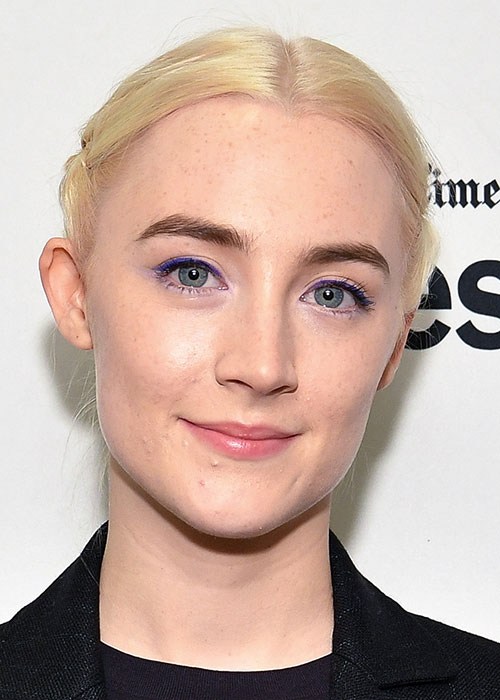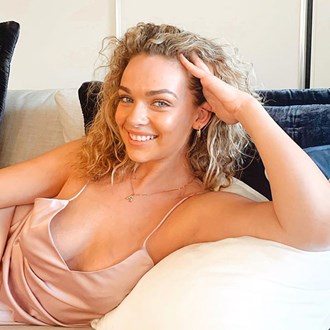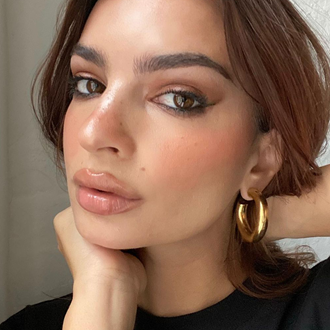What to know before using prescription acne treatments

From how they work to the potential side effects
From how they work to the potential side effects
According to the ABC, up to 85 per cent of Australians will experience acne at some point during their lifetime, with approximately five per cent developing severe acne. That’s more than 20.5 million people! Consequently, many of us have sought professional help in an attempt to reduce and treat our acne flare-ups. And luckily, there are a lot of options out there. From Roaccutane to topical and oral antibiotics and the contraceptive pill, there are numerous prescription treatments available for acne sufferers who haven’t had any luck with over-the-counter formulas.
However, while effective, few prescription treatments come without side effects, so the decision to start using more heavy-duty products or medication shouldn’t be taken lightly.
That’s why we thought it was important to inform you on everything you need to know before using prescription acne treatments, from how they work to their potential side effects. We reached out to cosmetic dermatologist from Enrich Clinic, Dr. Michael Rich for his professional opinion – here’s what he had to say about each of your prescription acne treatment options.
Topical antibiotics
A topical antibiotic is something you apply directly to your skin that works by “killing the bacteria that causes acne (Propionobacterium acnes or P. acne),” explains Rich. “[Topical treatments] also have an anti-inflammatory effect that reduces the pain associated with redness and swelling. Preparations are often combined with benzoyl peroxide to increase effectiveness and help minimise antibiotic resistance.”
In terms of suitable candidates for topical treatments, Rich notes those suffering from mild to moderate acne are ideal, where smaller areas are affected (i.e. only the face), as well as patients who want to avoid oral antibiotics for any reason such as sensitivity or allergies.
Possible side effects include “skin irritation, redness, dryness and mild allergic dermatitis or antibiotic resistance,” says Rich. Additionally, as with most things, patience is a virtue when it comes to treating acne. As such, you will likely have to wait anywhere between four to eight weeks (if not longer) to see results.
Oral antibiotics
Similar to topical treatments, oral antibiotics work by reducing or killing the acne-causing bacteria P. acne and decreasing inflammation in the skin, says Rich, and will take anywhere between four to eight weeks to do so. However, he notes they’re best suited to people with “moderate to severe acne, persistent acne, acne involving several areas of the body and those who have had failed treatments with topical antibiotics”.
Unfortunately, the side effects are a little more intense and include “gastrointestinal disturbances (nausea, colicky pain and diarrhoea), thrush and allergies,” advises Rich. “Bacterial resistance may occur as well, but it is less common with the use of oral antibiotics than with topical. Additionally, photosensitivity may be a problem for those taking doxycycline.” To make sure this treatment option is right for you, talk to your doctor or dermatologist.
Roaccutane
If you’ve been suffering with acne for a while, there’s a chance you’ve heard of Roaccutane. Touted as a wonder drug for curing acne due to its ability to limit the amount of sebum produced by the skin, it’s also come under scrutiny for its serious side effects…but we’ll get to that in a minute.
Roaccutane, which Rich notes is simply a trade name for a treatment that uses the drug Isotretinoin, works by “creating an environment in the sebaceous gland where bacteria can’t survive due to a decrease in sebum production”. While effective, it can cause a list of potential side effects, including dry lips and skin, photosensitivity, fatigue, headaches, back pain and the possibility of causing harm to a foetus if taken while pregnant. Because of this, Isotretinoin is often only prescribed to those who have acne that isn’t responding to other forms of treatment, says Rich. He adds that although there are many potential side effects when the drug is taken as a full dose, the introduction of new protocols that reduce dosage size mean side effects are minimal apart from dry lips and mild light sensitivity.
Oral contraceptive
Perhaps the easiest prescription treatment to get a hold of, the oral contraceptive pill has become incredibly popular for those looking to treat their acne while avoiding unwanted pregnancies – two birds, one stone. Acne-wise, oral contraceptives work by lowering the levels of androgens – a group of hormones including testosterone that encourage the skin to produce sebum, which can clog pores and promotes the growth of bacteria – in your body, thereby reducing sebum production and acne.
Rich notes suitable candidates include “healthy females, females also needing contraception, and women who have acne that has a hormonal pattern of occurrence i.e. pre-menstrual breakouts”. While it’s widely used, ‘the pill’ is not without its side effects, namely “nausea, diarrhoea, occasional vomiting, breast tenderness/ enlargement, headaches or migraines, irregular bleeding, mood changes and decreased libido,” says Rich. Rich adds that you can expect to see improvements within three months, with full effects around six months.
While it’s good to do your own research, you will need to chat to a professional before you start taking any of these prescription acne treatments.
On the hunt for more skin care advice? Then discover the 10 things top dermatologists wish you’d stop doing and the one face mask everyone should try – regardless of your skin type.
Have you been prescribed any of these acne treatments before? Share your experiences with us in the comments below.
Main image credit: Getty

Kate started working for BEAUTYcrew in early 2016, first as a contributor, and was then named Beauty Writer in 2017. She loves picking the brains of the industry's top experts to get to the bottom of beauty's toughest questions. Bronze eyeshadow palettes are her weakness and she's forever on the hunt for the perfect nude nail polish to suit her fair skin. Her words can also be found in Men's Health magazine, and she now works in PR.
Related tags
pimples /







